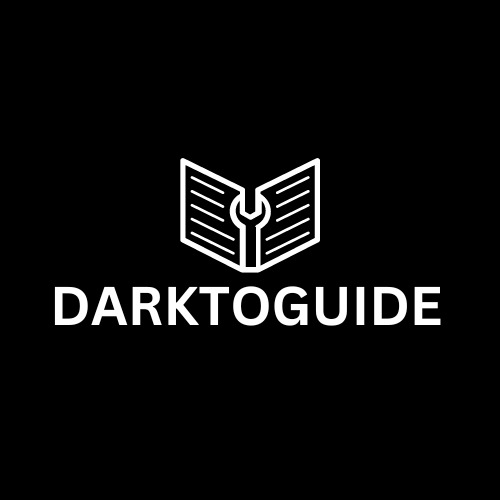Childhood Mood Disorder refers to a range of mental health conditions that affect a child’s emotions, behavior, and overall well-being. These disorders can manifest as persistent feelings of sadness, irritability, or extreme highs and lows in mood. Common childhood mood disorders include depression, characterized by prolonged periods of sadness and loss of interest in activities, and bipolar disorder, marked by intense mood swings between depression and mania.
Is Childhood Mood Disorder dangerous?
Childhood Mood Disorders, such as depression and bipolar disorder, can be concerning and potentially serious. While not always dangerous, they can have a significant impact on a child’s emotional and psychological well-being, as well as their overall quality of life. Left untreated, these disorders can lead to various challenges, including academic and social difficulties, self-harm, and even an increased risk of substance abuse or suicide in some cases.
causes of Childhood Mood Disorder
Childhood Mood Disorders can be challenging, but “Online counseling” can play a crucial role in providing the help and healing needed for affected children. Here are some common causes and contributing factors:
- Genetics: Family history plays a significant role in the development of mood disorders. Children with a family history of depression or bipolar disorder are at a higher risk.
- Brain Chemistry: Imbalances in neurotransmitters, such as serotonin and dopamine, can influence mood regulation and may contribute to mood disorders.
- Life Events: Traumatic or stressful life events, such as parental divorce, abuse, or the loss of a loved one, can trigger or exacerbate mood disorders in children.
- Biological Factors: Certain medical conditions, like thyroid problems or chronic illnesses, can impact mood and increase the risk of mood disorders.
- Chemical Imbalances: Hormonal changes during puberty and adolescence can affect mood and may contribute to the onset of mood disorders.
- Environmental Factors: Exposure to a chaotic or dysfunctional family environment, as well as socio-economic stressors, can increase the risk of mood disorders.
- Psychological Factors: Low self-esteem, perfectionism, and negative thought patterns can contribute to the development of mood disorders.
- Substance Abuse: Substance use, such as alcohol or drugs, can lead to or exacerbate mood disorders in children and adolescents.
- Social Isolation: A lack of supportive social connections and feelings of loneliness can increase vulnerability to mood disorders.
- Neurodevelopmental Factors: Some children may have neurodevelopmental disorders like attention-deficit/hyperactivity disorder (ADHD) or autism spectrum disorders, which can co-occur with mood disorders.
Childhood mood disorders can impact family relationships, and concerns may lead to considering “Marriage counselling” for support and guidance.
symptoms of Childhood Mood Disorder?
Certainly, here are 10 common symptoms of childhood mood disorders, which may include depression, bipolar disorder, or other related conditions:
- Persistent Sadness: A child may exhibit prolonged periods of sadness or a consistently low mood.
- Loss of Interest: They may lose interest in activities they once enjoyed, including hobbies, sports, or social interactions.
- Variations in hunger: —Notable variations in hunger that result in weight gain or loss.
- Sleep Problems: Insomnia or excessive sleeping, often with difficulty falling or staying asleep.
- Fatigue: Constant feelings of tiredness and low energy levels, even after adequate rest.
- Irritability: Increased irritability or anger, even over minor issues.
- Problems Focusing: Having trouble focusing, coming to decisions, or recalling details.
- Physical Complaints: Frequent physical complaints, such as headaches, stomachaches, or other unexplained aches and pains.
- Feelings of Guilt or Worthlessness: Expressing feelings of guilt, worthlessness, or self-blame.
- Social Withdrawal: A tendency to isolate from friends and family, reduced participation in social activities.
It’s important to note that the specific symptoms and their severity can vary from one child to another. Early intervention is crucial for improving the child’s well-being and quality of life.
Top 10 Facts About Childhood Mood Disorders
Certainly, here are the top 10 facts about childhood mood disorders:
- Prevalence: Childhood mood disorders, including depression and bipolar disorder, are relatively common, affecting millions of children and adolescents worldwide.
- Early Onset: These disorders can begin in childhood, with some children experiencing symptoms as early as preschool age.
- Risk Factors: Family history of mood disorders, genetic predisposition, and exposure to traumatic life events are common risk factors.
- Symptoms Vary: Symptoms of mood disorders can vary widely among children, making diagnosis and treatment challenging.
- Impact on Functioning: Mood disorders can significantly impair a child’s academic performance, social relationships, and daily functioning.
- Comorbidity: Mood disorders often co-occur with other conditions, such as anxiety disorders, attention-deficit/hyperactivity disorder (ADHD), and substance abuse.
- Suicidal Risk: Some children with mood disorders are at an increased risk of suicidal ideation and self-harm, emphasizing the importance of early intervention.
- Treatment Options: Effective treatments for childhood mood disorders may include therapy, medication, lifestyle changes, and support from mental health professionals and families.
- Stigma: Stigma surrounding mental health issues can create barriers to diagnosis and treatment, underscoring the importance of mental health awareness and education.
- Recovery is Possible: With early intervention and appropriate treatment, many children with mood disorders can lead fulfilling lives and effectively manage their conditions.
conclusion
Understanding these facts about childhood mood disorders is essential for recognizing the signs, seeking timely help, and providing the necessary support to children and adolescents who may be affected by these conditions.
